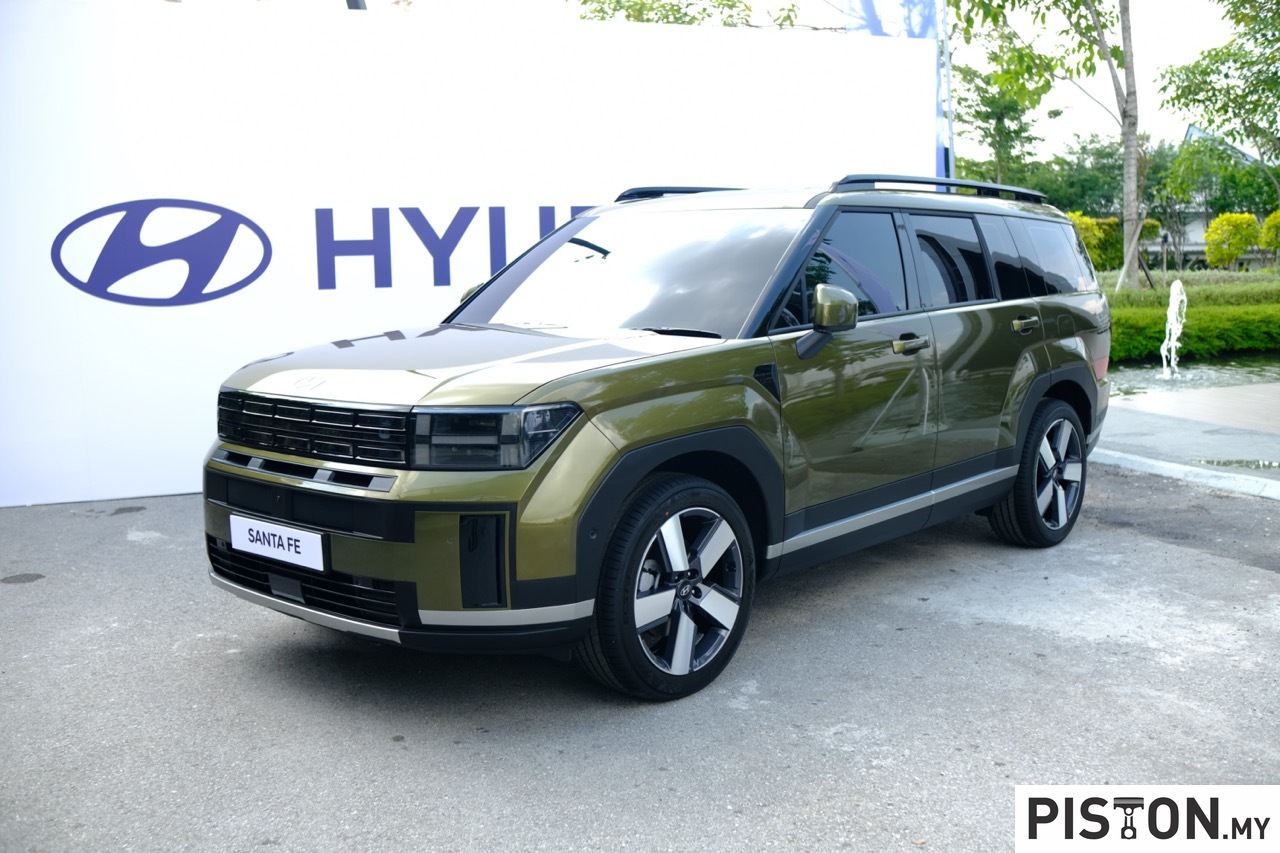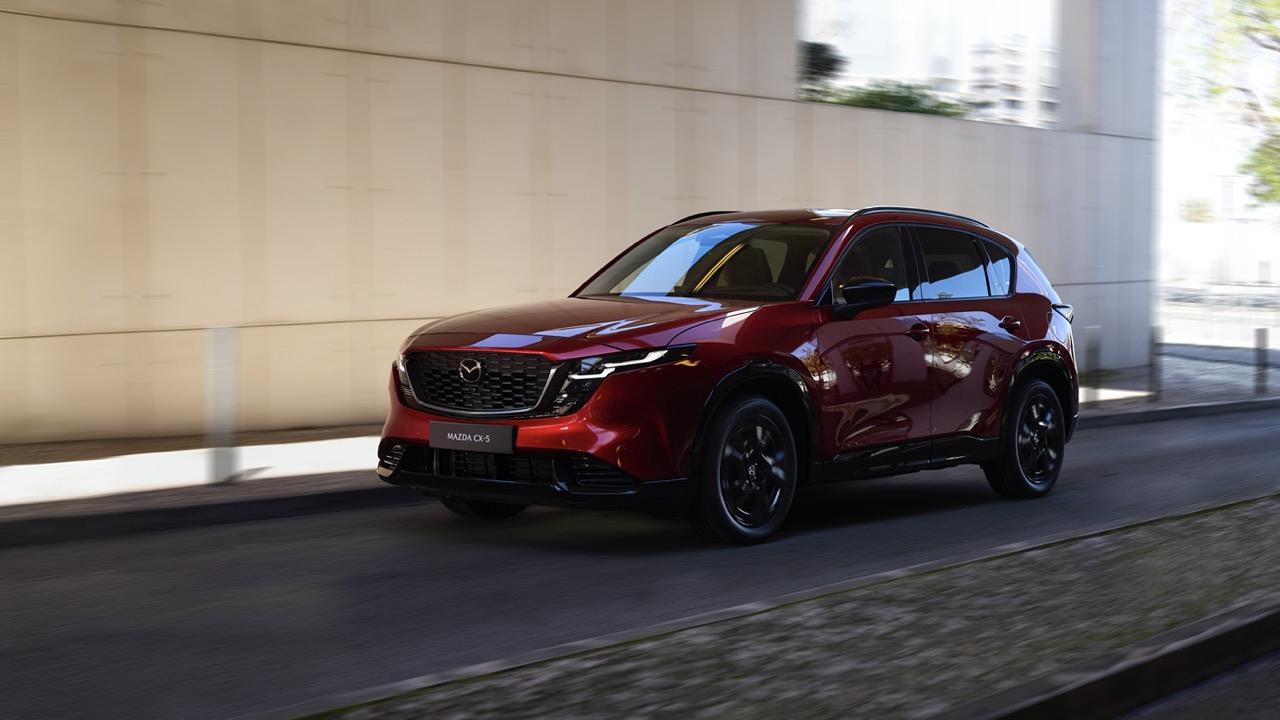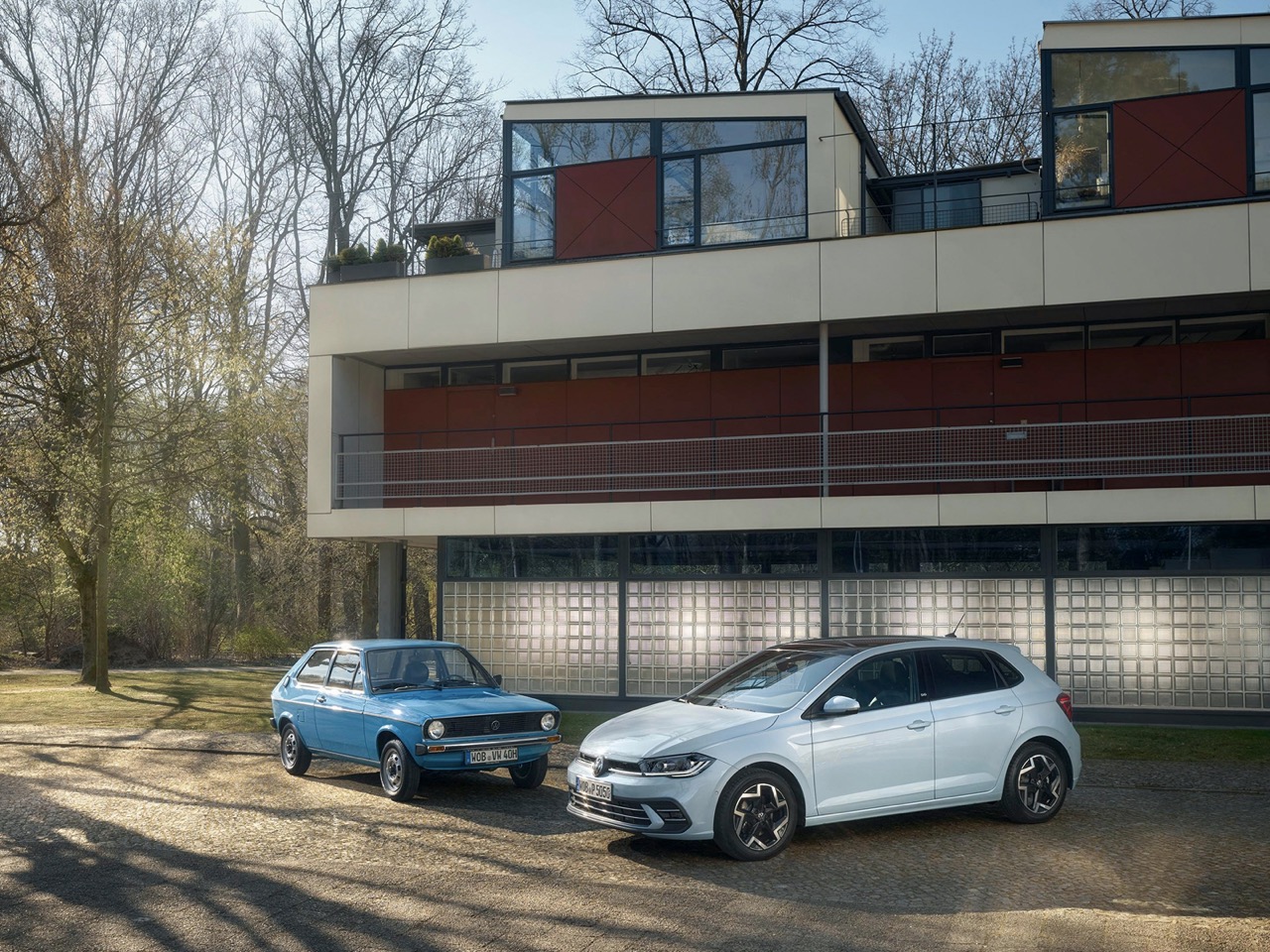After nearly 34 years of production and 1.87 million units, Volkswagen has officially retired its legendary narrow-angle VR6 engine. The final unit of the six-cylinder powerhouse was built on December 12, marking the end of an era for an engine that became synonymous with innovation and versatility.
The Birth of the VR6
Introduced in 1991, the VR6 debuted as a 2.8-litre engine in the third-generation Passat and the Corrado coupe. What set the VR6 apart was its unique layout—a narrow-angle V design that combined features of both a V6 and an inline-six. With cylinder banks offset at an exceptionally narrow-angle, the VR6 required only a single cylinder head, simplifying its construction and reducing manufacturing costs.
This innovative design allowed Volkswagen to create a compact engine capable of fitting into smaller cars, making it a perfect choice for front-wheel-drive platforms.
A Legacy Across the VW Group and Beyond
Over its lifetime, the VR6 engine found its way into an extensive array of vehicles within the Volkswagen Group. While predominantly powering VW models, the engine also made appearances in Audi’s TT and A3, Porsche’s Cayenne, Skoda’s Superb, and even a rare all-wheel-drive SEAT Leon.
The VR6 also inspired spin-offs like the VR5, a five-cylinder variant that saw limited use in the late 1990s and early 2000s. Beyond the VW Group, the engine occasionally appeared in niche applications, including sports cars, Mercedes people carriers, and even forklifts.
Its performance pinnacle came with the 3.6-litre version, delivering 295bhp in the Passat R36 and the second-generation Porsche Cayenne.
The Decline of the VR6
In recent years, the VR6 faced stiff competition from more efficient turbocharged four-cylinder engines and traditional V6 designs. Its usage dwindled, relegated to a couple of Chinese-market SUVs—the Volkswagen Talagon and Audi Q6.
Volkswagen’s decision to end production of the VR6 reflects the industry’s broader shift toward downsized, forced-induction engines and electrified powertrains.
A Unique Legacy
Despite its retirement, the VR6 remains a beloved engine among enthusiasts for its distinctive sound, smooth power delivery, and innovative engineering. Its narrow-angle design made it a standout in the automotive world, representing Volkswagen’s ingenuity and commitment to pushing the boundaries of engine design.
The Future of Six-Cylinder Power
While the VR6 may be gone, the Volkswagen Group continues to produce six-cylinder engines, such as the turbocharged TFSI units found in Audi and Porsche models. These modern powerplants, however, follow a more conventional V6 layout, lacking the quirky charm of the narrow-angled VR6.
As the automotive industry embraces electrification, the VR6 will be remembered as a symbol of an era when innovative internal combustion engines ruled the road.



















